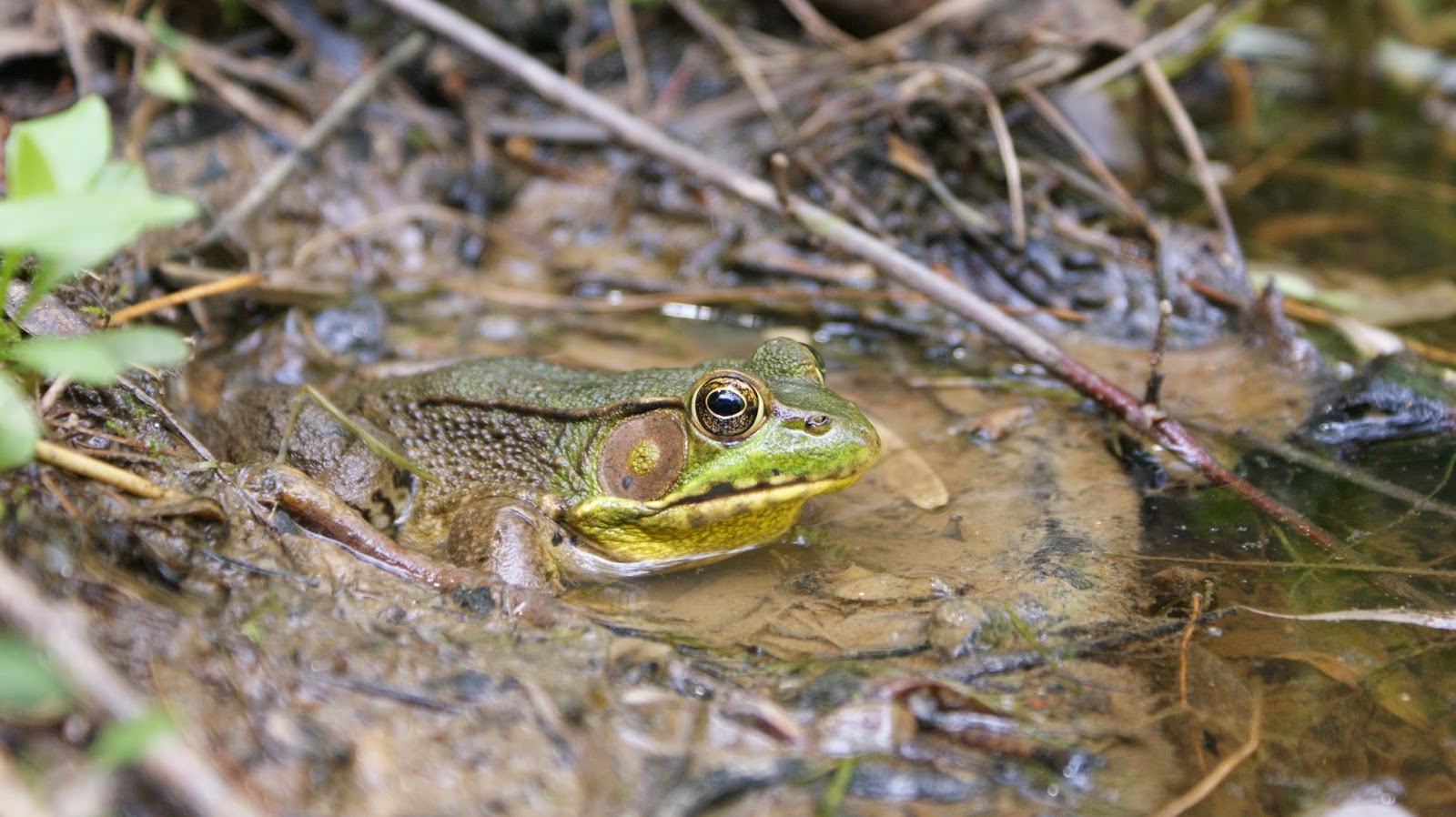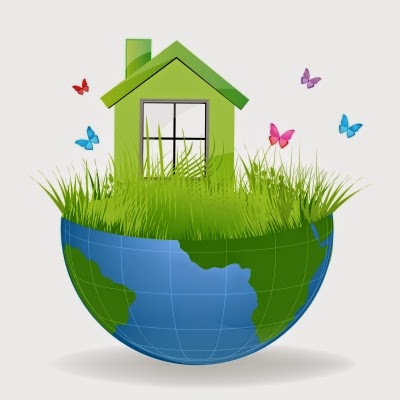What does your perfect home look like?
In January of last year, we began the search for our perfect place. Before actually going out and looking, however, we sat down and talked about what we wanted in a home.
Planning
Money
First and foremost, we decided on a budget. We thought about what we'd be willing to spend on a piece of property and the monthly expenses once we moved in. We considered mortgage payments, taxes, utilities, etc. Our goal was to find a home with minimal living expenses.
To Build Or Not
We were open to building a new home, remodeling an existing home, or living in a home "as is". Each idea has its pros and cons. A new home requires materials. So does remodeling a home. And, living "as is" might mean sacrificing energy efficiency. We decided to keep an open mind on this issue.
Solar Orientation
A home which faces the south tends to be more energy-efficient than homes facing any other direction. During the summer months, when the sun is high in the sky, sunlight doesn't stream through windows and thus temperatures are kept down. During the winter, when the warmth of sunlight is desirable, the low sun shines through.
Property with a southern exposure is great for growing vegetable gardens and maintaining fruit trees.
Location
We have lived in large cities for most of our lives. It's been nice but we realized that whenever we had time off, we drove to natural spaces. So we decided to search out a home away from the city. Rather than having neighbors a few feet away, we wanted a little space.
In thinking about location, it was also important to consider things like the distance to a grocery store, doctor's office, work, etc. We work from home, eliminating the commute issue. Grocery stores, banks, doctors, etc. needed to be reasonably close. Since we don't use any of those services often, reasonably (for us) means within a 30 minute drive, something which we would do once or twice a month.
Property Size
Having enough room for a modest home and a generous vegetable garden was our basic requirement.
Utilities
The property needed to be equipped with water, sewer or septic, electricity, and Internet service. We also learned that not all cell phone providers have towers outside the city (we don't use a "land line").
The Search
Armed with our plan, we began our search.
To begin, we used the Internet to find properties for sale. This was a great resource as it offered us a lot of information and helped us narrow down the choices before getting in a car to go look.
We also made use of public records. We wanted to see if properties had any restrictions attached to them, what the property lines looked like, and whether there were any easements involved.
- Restrictions are items, written into the deed, which limit the use of a property. For example, some areas restrict the types of trees that can be planted or dictate the color of buildings.
- Property lines are important because they give owners a clear definition of usable property.
- Easements also offer information on usable space. For example, looking at public records for one property showed us that the driveway actually curved into the neighbors land. Since this was not designated on the deed, it could mean problems in the future. Conversely, if a portion of land has been used by a neighbor for ages, there is a possibility that they will be allowed to continue using that area, potentially causing problems for your use of that spot.
Public records also offer the age of a home or structure, how many times a property has been sold and when, purchase amounts, etc. This information is useful in many ways. For example, if a property was bought and sold many times in recent years, one might wonder why. The price might indicate that it was a good investment and climbed in value so savvy investors made use of a quick turn around purchase/sale. On the other hand, perhaps there was something wrong with the property ... something which didn't require a legal declaration but something which made living there uncomfortable (crime, nasty neighbors, etc.).
Having an idea of what we wanted, and searching before leaving home, helped us narrow down the list of potential properties before ever seeing them "in person". In total, we visited three properties. We saved time by knowing what we wanted and we saved gas by searching online.
In the next installment of "My Green Home", I'll tell you about the property we finally decided upon.
Until then ... here's a question for you:
If you've purchased property in the past, what things did you do (or wish you had done) to prepare. If you aren't a home owner, do you plan to purchase property in the future?
This post is shared at Healthy, Happy, Green & Natural Party Hop








